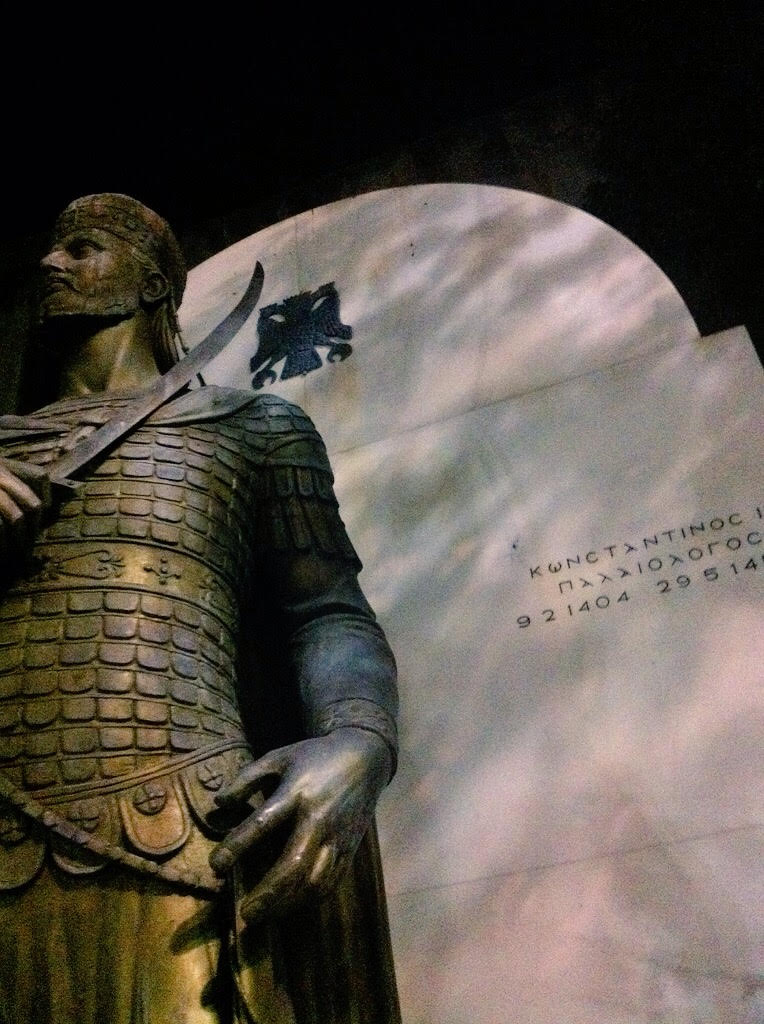May 29, AD 1453.
The city of Constantinople AKA “Nova Roma” falls to Ottoman hordes after a prolonged siege. The Roman Empire comes to an end after 1,426 years of unbroken existence, a span of time that saw the known world illuminated by Greco-Roman thought. Thought based on both Platonic AND Aristotelian principles of Observation, Rationality, Logic, and a Humanist view of the cosmos driven by a combined philosophical quest for Virtue, Justice, Beauty and ultimately, “Truth”. While the Empire in the West would fall in the mid-400s, the Empire in the East, what 19th century historians would misleadingly label “the Byzantine Empire”, would hold for another thousand years.
The tragedy of Constantinople’s fall wasn’t that a group of uncultured and vicious barbarians – many of them mercenaries – took the city and tore it to pieces, and then proceeded to coopt its organizing principles and recast them as their own. It was that it’s caretakers and inheritors of the mantle of Rome, many of them as duplicitous, avaricious, and cowardly as their would be “conquerors” – after years of prolonged neglect, unchecked bureaucracy, incestuous and rampant corruption, infighting and decadence, ALLOWED it to be taken. By the time the Ottomans made it to the shores of the Golden Horn, the city was basically theirs for the taking.
As valiant as the last Roman Emperor, Constantine XI Paleologus’ efforts might have been on the fateful day in the late spring of 1453, the die had been cast decades, if not centuries before. I mourn this date every year, because to me it is a grim reminder and metaphor of what is always at stake, and what can easily be lost – namely everything – if one allows their inner demons and baser instincts to go unchecked and get the better of the noble mind we are all born with. The minute one allows that to happen, usurpers, who are often lurking in the shadows, and who are almost always inferior in both character and intellect, will seize the opportunity afforded to them to step in and take what was never theirs, through brute force. In The Republic, Plato aptly compares the soul of the “polis” to the soul of the individual. Neither is incorruptible, and its corruption comes at a great cost.
One can look at the bright side and see how the city’s fall and the preserved knowledge which sprang from it, and which began to make its way West as the Ottomans approached from the East, contributed to the catalytic process which was already underway in a Europe reawakening after a long slumber, and which would reach an apogee of humanist thought known as the Renaissance less than a century later. Such is History, often revealing there are many sides, often paradoxical, of the same story.
Here a photo of a statue of Rome’s last emperor, and one of history’s most quixotic figures, which is located in a memorial in the heart of Athens that I took on the evening of May 29, 2011.







